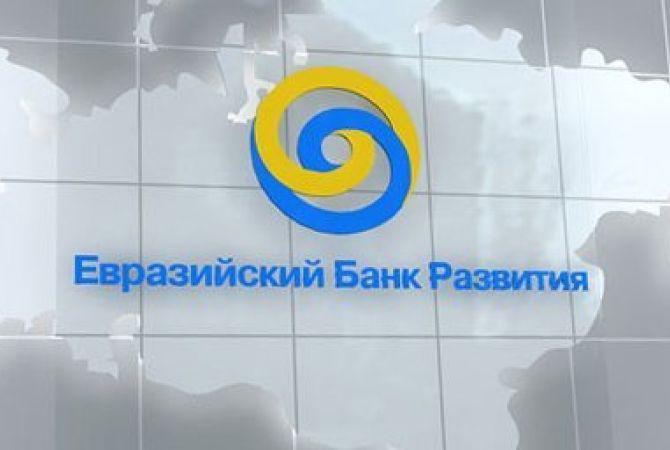


ArmInfo. It is anticipated that GDP of Armenia will grow 2% in 2016, according to surveys conducted by Eurasian Development Bank analysts. According to the source, in the mid-term outlook with restoration of the domestic demand and implementation of the economic growth stimulating projects, GDP growth of Armenia will reach 2.3% in 2017 and 4.1% in 2018.
In the first half of 2016, the country was the leader in the Eurasian Economic Union (EAEU) countries in terms of the GDP growth (2.8% for first half of 2015). The growth rates slackened in Q2 2016 to 1.5% versus Q2 2015 (a 4.5% year over year growth in Q1). The main factor of the growth was mostly the increased export of the main community groups. The economic activity index kept falling in Q3 - by 4.3% and 0.5% in July and August, respectively versus the same periods of 2015, as the industrial production growth rates slackened and the agricultural output fell.
Reduction of the deflationary influence of external factors on prices in Armenia in the second half of 2016 amid restoring consumer activity will help restoring the inflation target. By late 2016, inflation will increase, but not exceed the permissible level of deviations set by the Central Bank. The growth rate will total 1.1% in late 2016, if there are no new shocks.
With the increase in the domestic demand and growth of prices for imported raw materials and goods in 2017 and 2018, inflation will increase to 2.4% and 3.6%, respectively. In Jan-Aug 2016, the year over year deflation totaled 1.6%. The inflation will return to CB's target (2.5%-5.5%) in 2017. Nevertheless, EDB analysts say the real inflation is below the target. In Jul-Aug 2016, inflation processes depended mainly on internal factors - low consumer activity and planned reduction of tariffs. The exchange rate dynamics helps making the Armenian commodities more competitive in the Russia market. Since the beginning of the year, the nominal and real effective exchange rates of the national dram fell by 0.6% and 2.6%, respectively (data for July 2016). The national currency has appreciated against US dollar by 1.3% (Jul 2016 vs Dec 2015) amid depreciation against Russian ruble by 7.1% (Jul 2016 vs Dec 2015). This helped restoring the price competitiveness of the foreign trade sector of economy in the Russian market. In Q2 2016 the real effective exchange rate was insignificantly over estimated (by 0.7%), while the real exchange rate of AMD/USD was underestimated by 1.3%.
Since May 2016, the international reserve assets increased by 171.5mln USD as of Aug 1 2016, as Central Bank purchased foreign currency. The current account deficit for Q1 2016 fell to the minimum (166.7mln USD) as compared to the same periods of the last 10 years. The main factor of the reduction was the shrinking deficit of the trade balance amid significant growth of exports and decline of
imports.
In Q2 2016, the fiscal policy kept expanding. The state budget deficit in the first half of 2016 totaled 57.8bln drams and was funded mostly at the expense of internal sources. Social and government administration spending continued to grow. The state budget revenues were ensured by excise taxes, VAT, and profit tax. In 2016, the state budget deficit is forecasted at 4.1% of GDP. Armenia's state debt increased by 8% to 5,484.9mln US dollars as of late August 2016, as the foreign debt grew 5.2% amid 23.8% growth of the domestic debt. Foreign loans and government bonds in terms of the national currency were the main sources of the state debt growth. The debt burden increased to 51.9% of GDP as of late Aug 2016 (48.2% of GDP for late 2015). The dollarization level is still high: the foreign currency deposits of residents in total deposits of residents - 62%, loans - 66.4% (data for Jul 2016).